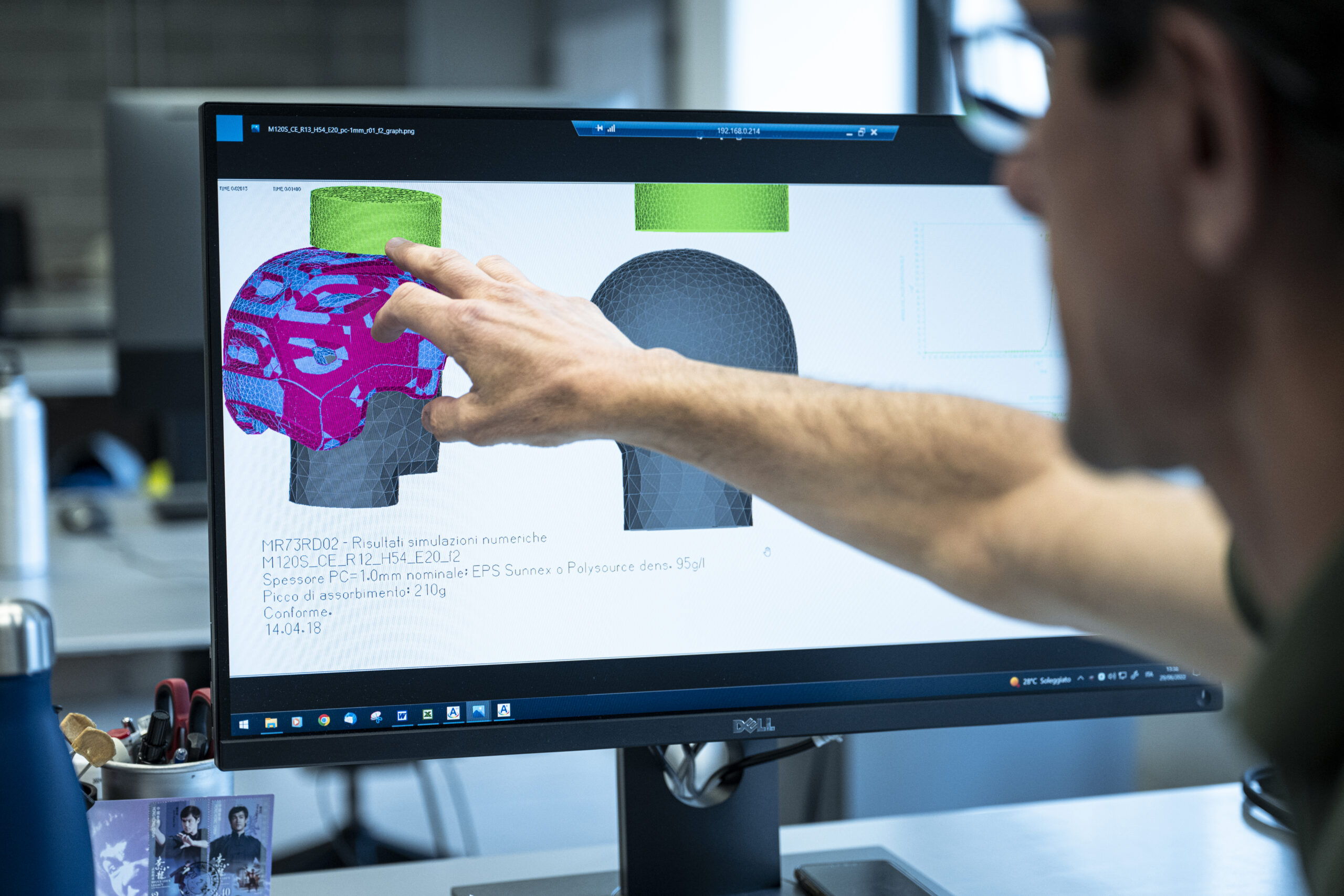Amanda reckons what you put on your head is worthy of closer examination and makes a visit to MET Helmets.
Words Amanda Photography Ulysse Daessle

Mountain bikers often have different views on what’s important to get the best from the sport. Frame material, the weight of your bike, the size of your brake discs, whether or not your kit is coordinated. In my case, I am extremely particular about my helmet for the seemingly simple reason that I have had a concussion. Concussion: one word with broad symptoms. A misleadingly simple diagnosis that could be a minor inconvenience to one rider, while changing the life of another.
Loose connection
I click the light switch and the bulb flickers on, offering an unsteady light, fading and making a buzzing sound as it struggles to stay on. It eventually settles at a dim, fragile glow that could blink out at any moment. There’s a problem with the wires. I furiously flick the switch on, off, on, off, expecting a different result, but if anything I’m making the connection worse. Do I turn the light off and leave it for a while? Do I leave it on and hope that the connection will strengthen on its own? Can it be repaired?
Latest Singletrack Merch
Buying and wearing our sustainable merch is another great way to support Singletrack
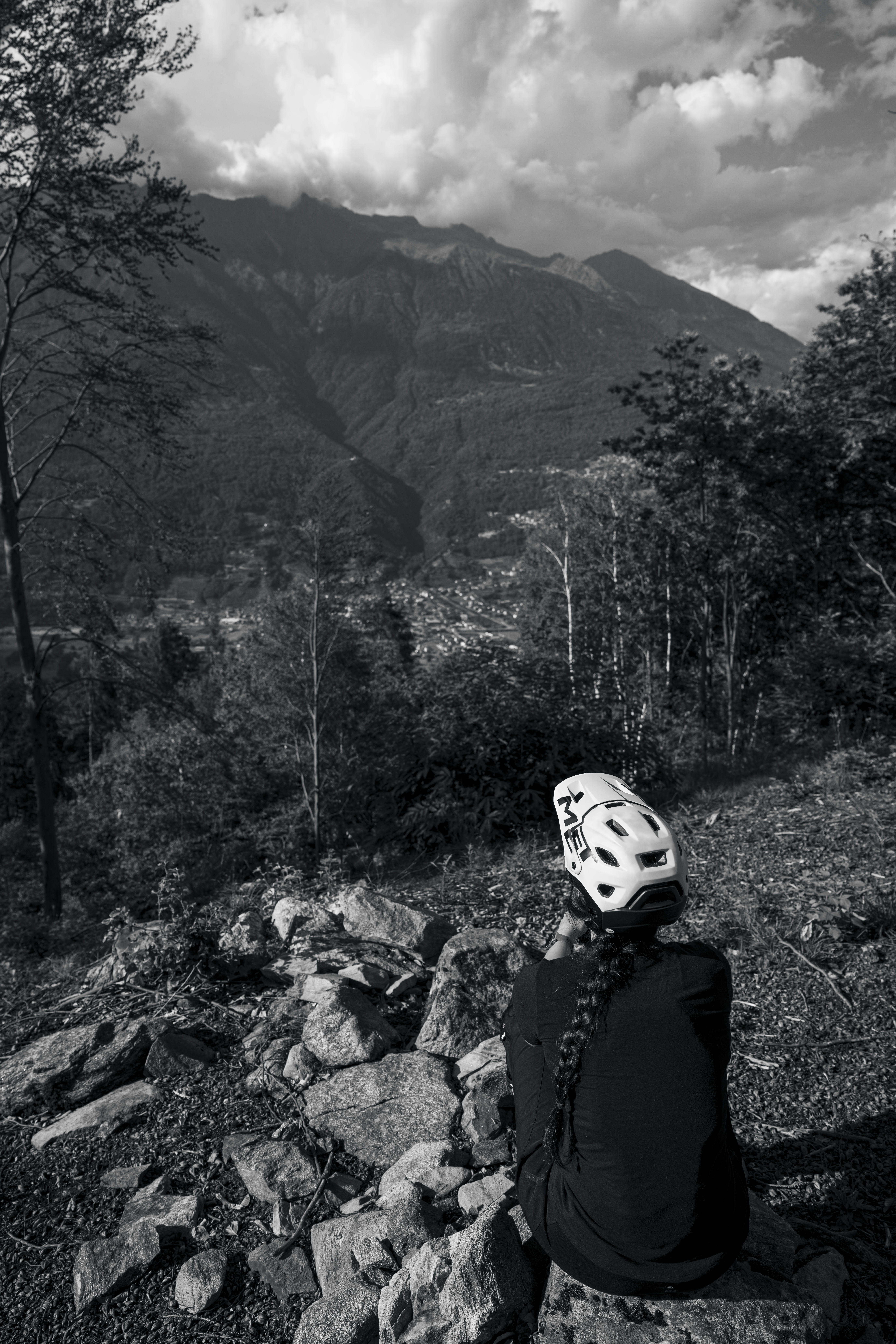
In this instance, I struggle my way through the low lighting, determined to not let it slow me down and hoping each day that I’ll wake up to find it fixed. The bulb flickers, worsening at night when I’m tired, but I don’t want to risk turning it off in case it won’t come back on. Nothing is as clear as it was before the wiring got damaged. I struggle to concentrate, I lack focus, everything feels like a challenge. My emotions are out of control. I’m in a constant state of distress, unable to cope with the most basic situations. I can’t get my sentences out. I can’t focus my eyes. I can’t remember that word I’ve used a thousand times over. I question my mental health, which results in being diagnosed with depression.
The faulty connection consumed me for almost two years. It’s only now, having let the bulb cool down and putting some repair work into the wires, that I can see just how badly I dealt with the situation. Think of your brain as an irreplaceable, extremely fragile bulb that lights you. It needs protecting, it needs maintenance, and in the unfortunate event of a heavy blow, it probably won’t be lighting you up properly. If you’re really not careful, it may never turn back on.
Back in the room
The MET headquarters initially struck me as completely out of place. Morbegno is a quaint little town that sits close to the Swiss–Italian border in the north of Italy. Eccentric old churches, narrow streets weaving through tall ancient buildings, and the peaceful silence that an old town full of history often carries. The backdrop to the town is a dense and intense selection of mountains, all steep with heavy tree cover hiding their secrets.
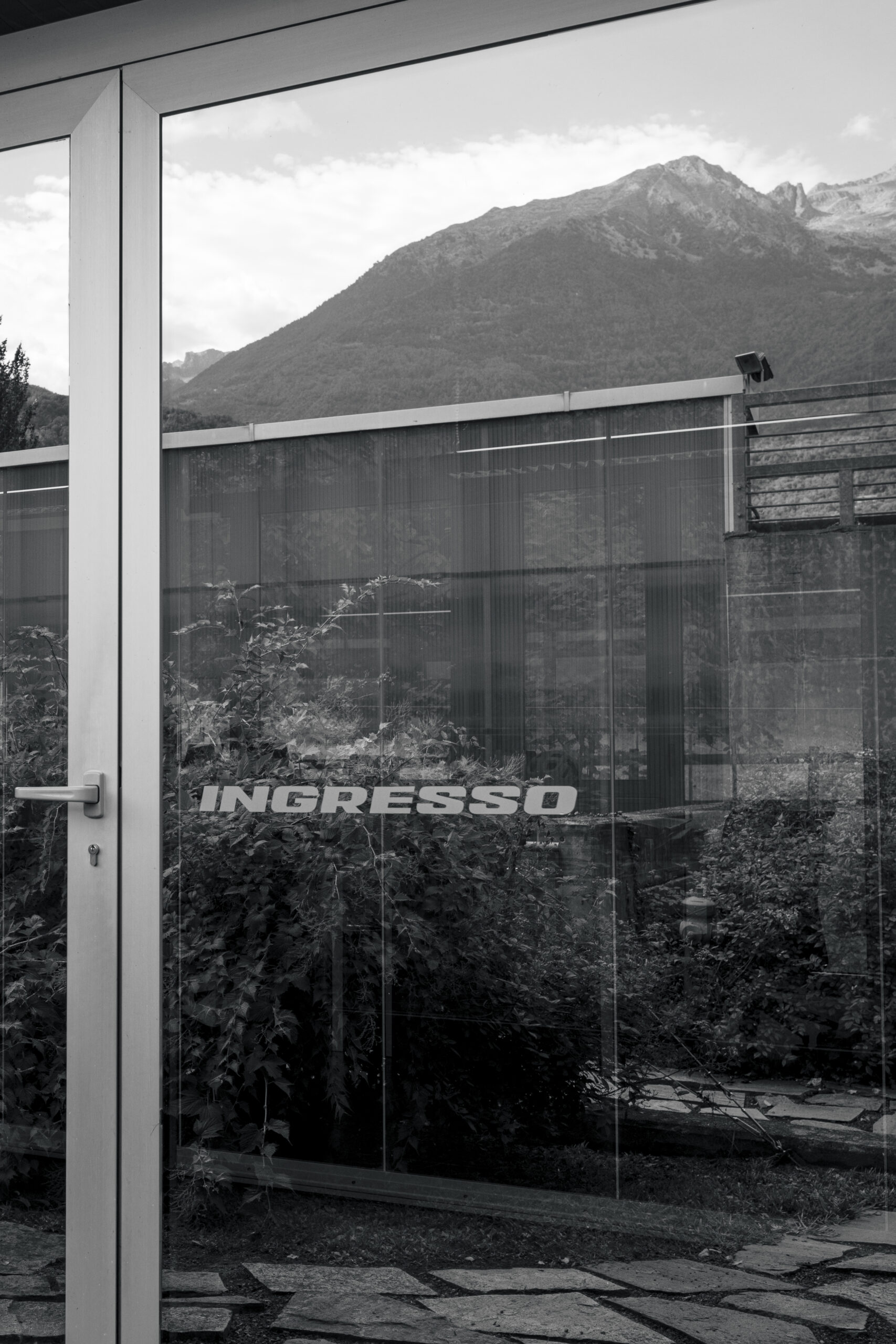
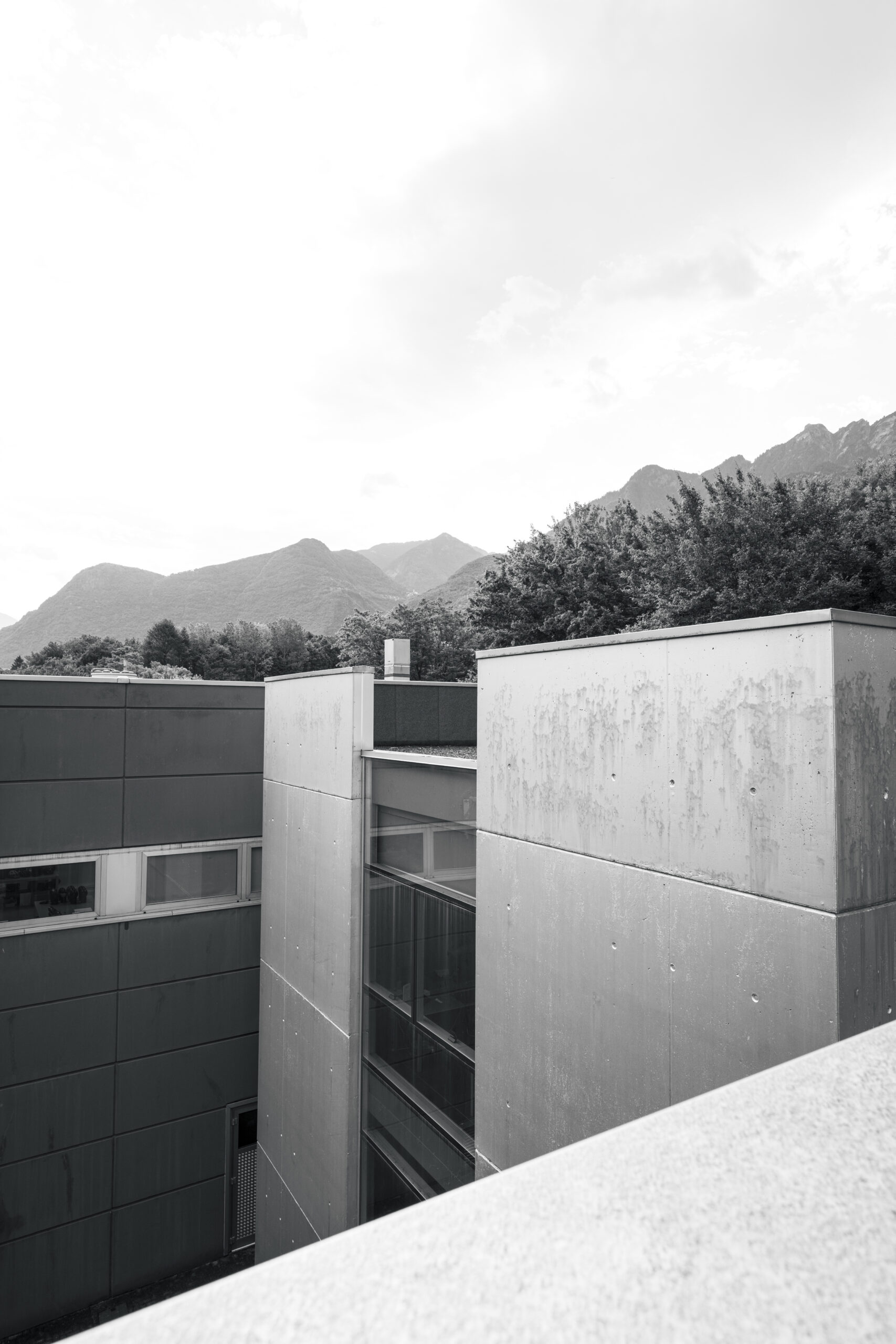
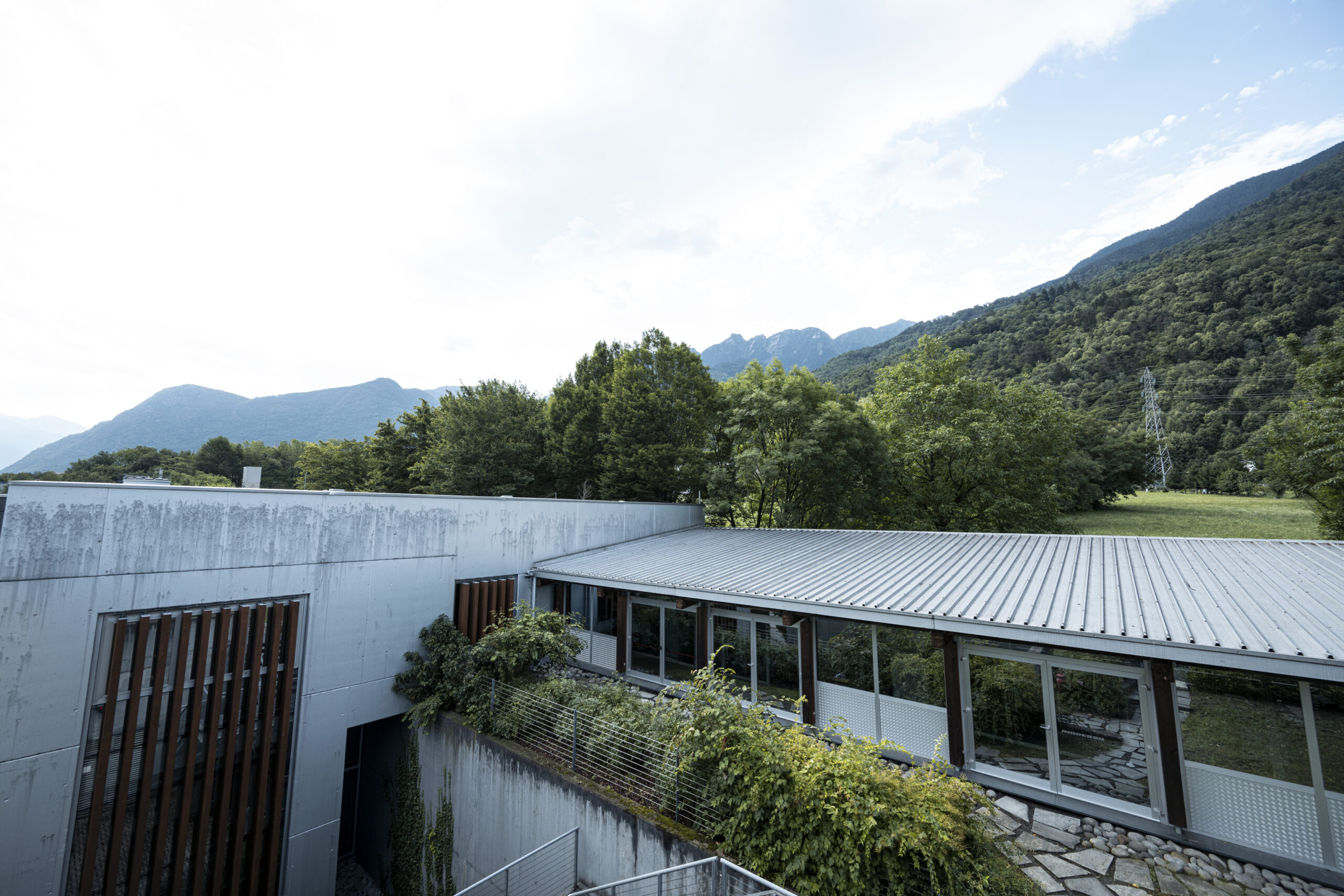
A few kilometres out from the centre of town, we enter some large automatic gates. As they open, they reveal a modern building with barely any hint about what’s inside. On approach, I get a few snippets of what’s to come. A warehouse stacked neatly with MET branded boxes, a welcoming smile from a gardener, and a large stack of hay bales.
Latest Stories
I am greeted by Ulysse Daessle, media and PR guy for MET Bluegrass. We take a relaxed tour through the facilities to get my bearings, which feels more like a house tour than a business one. The mood is calm, the staff are few, and there’s a little dog pottering around. What threatened to be a very corporate office, judging by the modern architecture, has turned out to be rather hygge. I’m shown the gardens out back, home to several rescue chickens and a donkey, and we take a peek into the various design and testing rooms that will be the focus of my visit. I’m here to view the manufacturing process from concept to testing.

Head start
Product design starts with a ‘mood board’ – usually photos of shapes, structures and textures that will inspire the next design, notably a sports car orientated one at the time of my visit. Aerodynamics, air intake, smooth fluid lines are something that transfers well from car to helmet. Matteo Tenni, Project Manager, explains how they take influence from motorsport design and ultimately end up with a 3D sample of the helmet, to see how the drawings translate to the physical. This would be a very elaborate stage of design so early in the process, if it weren’t for the in-house 3D printing facilities.
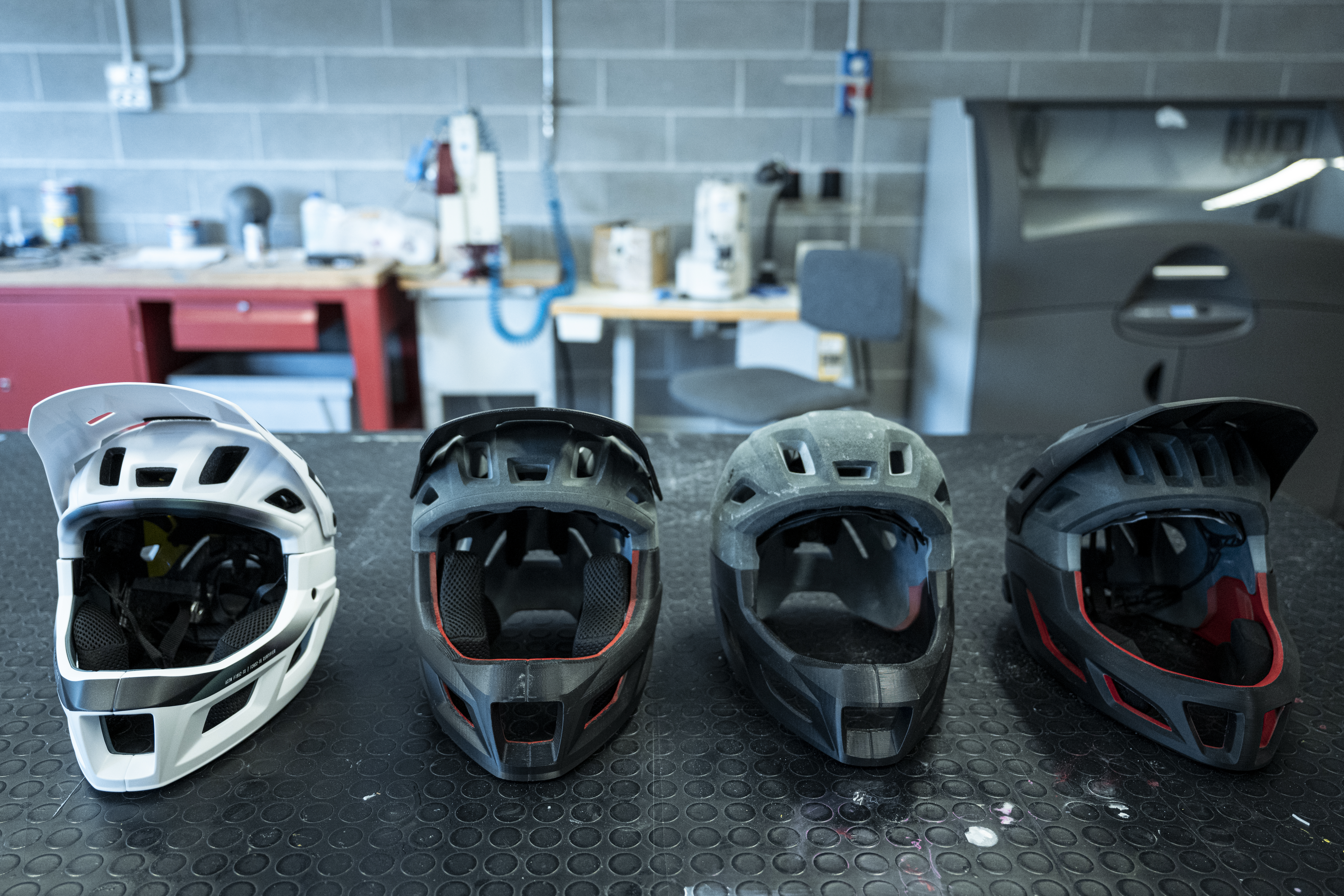
MET is in possession of two 3D printing machines. One uses gypsum, a mineral material that produces a very heavy sample in a short amount of time. They also have an FDM plastic wire 3D printer, which takes more time, costs more, but can be used at later stages of development.
Testing, testing, 1, 2, 3, 4… 59, 60…
When product samples are received they are passed to the crash test engineers. Each testing run will have 50–60 impacts recorded in various conditions. UV is used to mimic material ageing; a freezer and an oven are used to vary the temperature. Samples are annotated with the results, which MET believes to be a really important part of the process. Holding a physical result and seeing the impact in actual form and not just as a result on a graph helps them understand about materials, impacts and why they’re doing what they do.
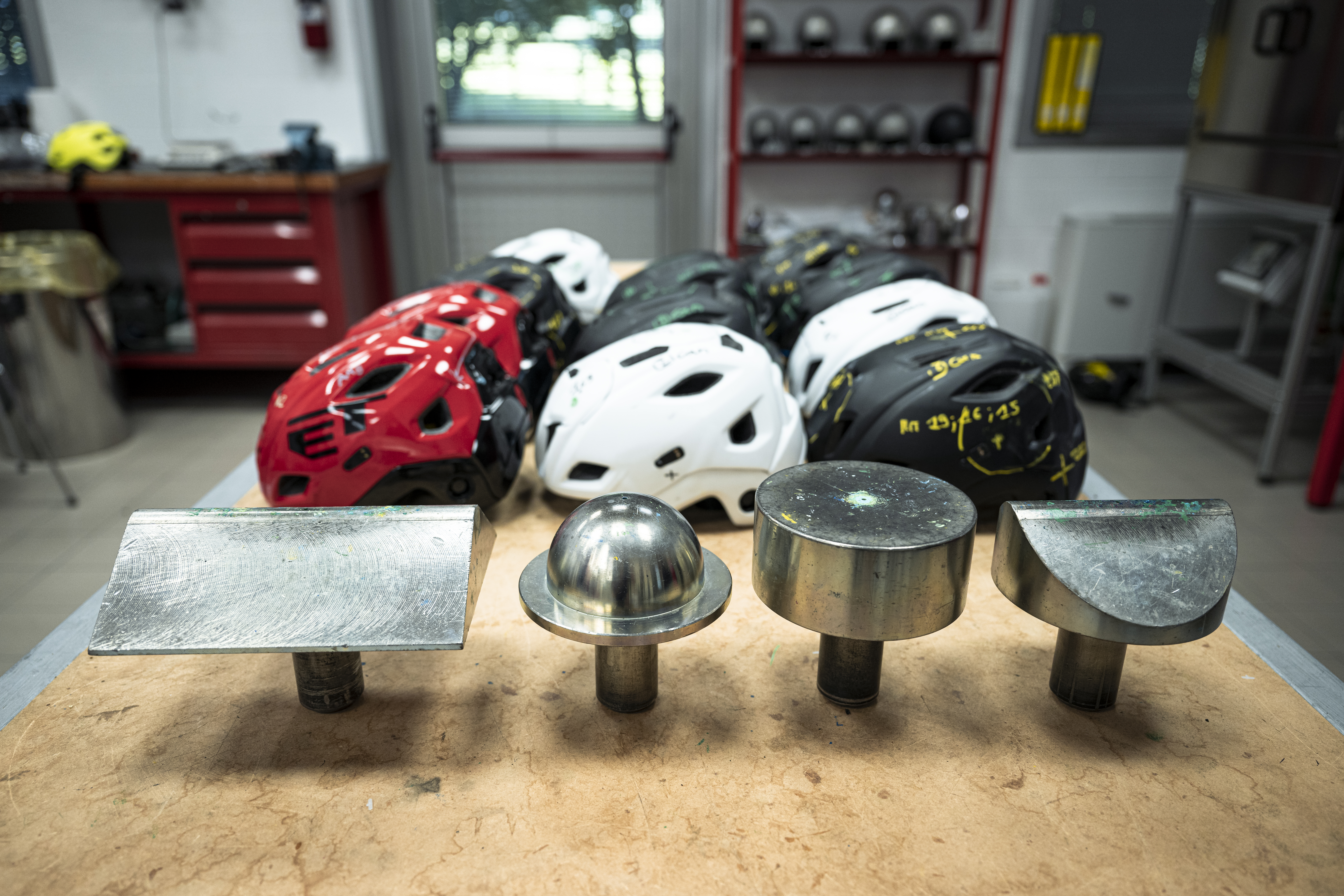
Crash testing is performed using three different anvils – flat, curved and angular. MET has machines to cover all market certifications, as these vary from country to country, and each helmet is tested to meet all certifications, regardless of the country where it will be on sale. This approach is a great reflection of how passionate MET is about consumer and rider safety. Every aspect of testing is taken above and beyond what is required. MET even offers a crash replacement programme for helmets that have been ‘written-off’ in a crash in order to gather information about the most frequently impacted areas of a helmet.
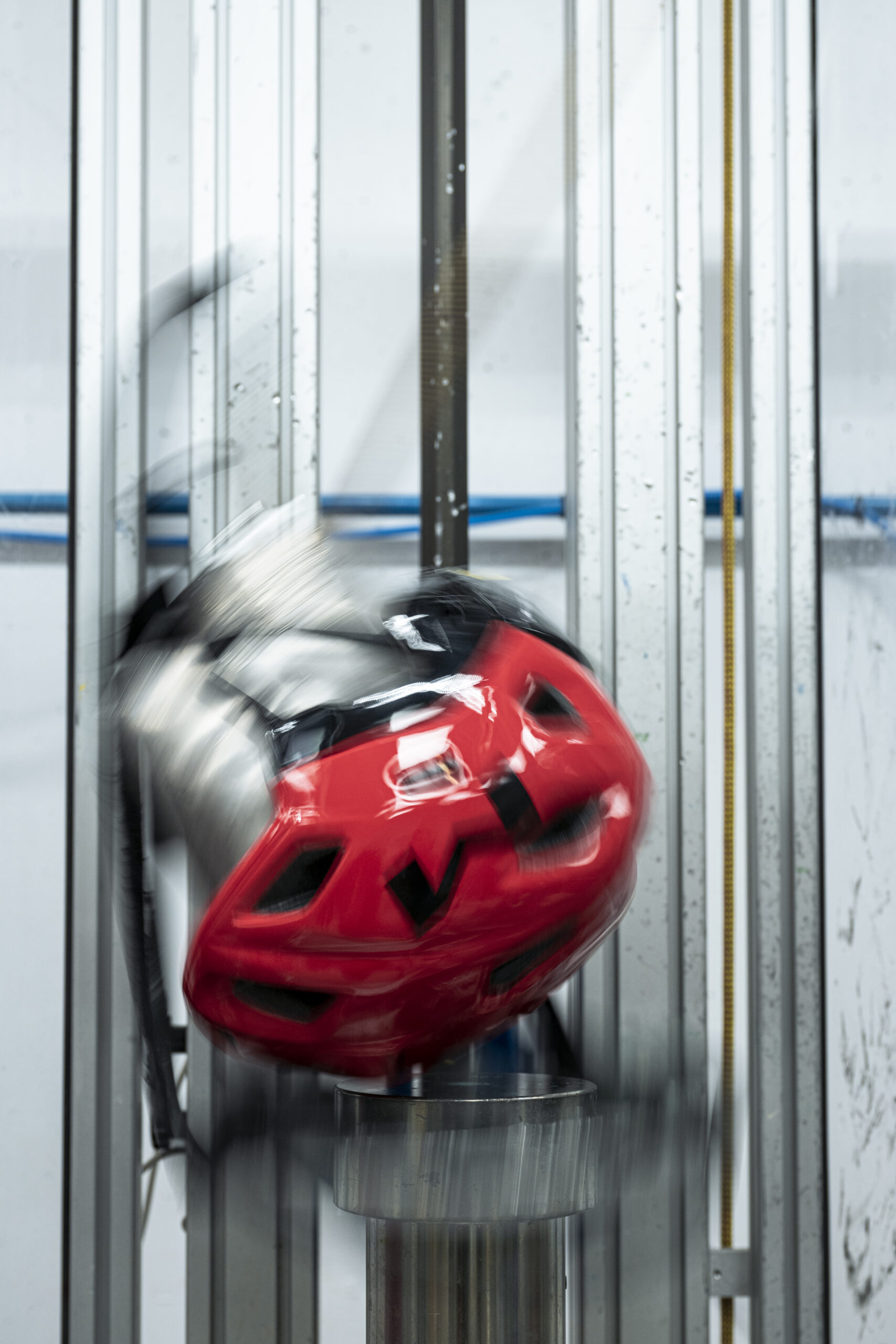
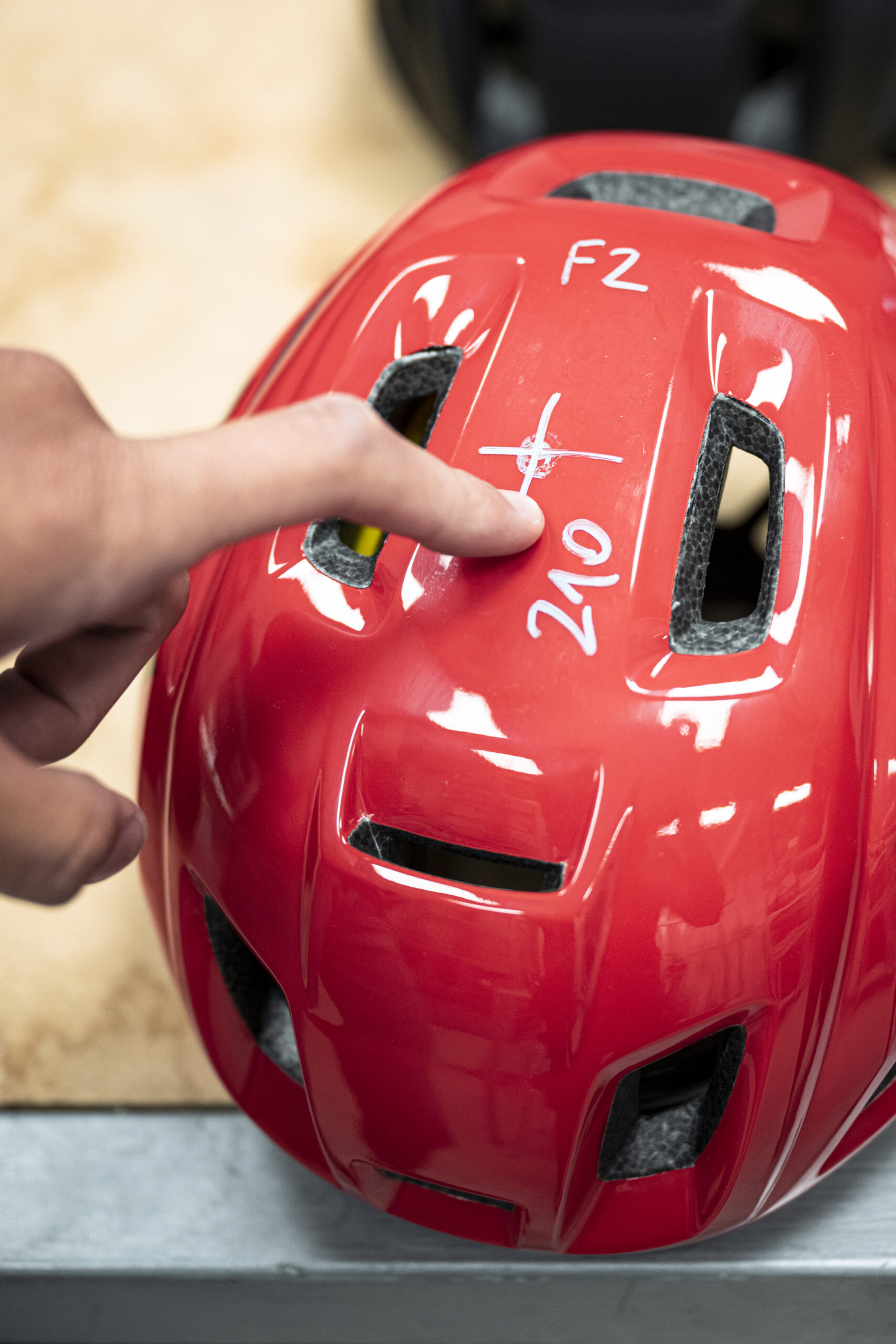
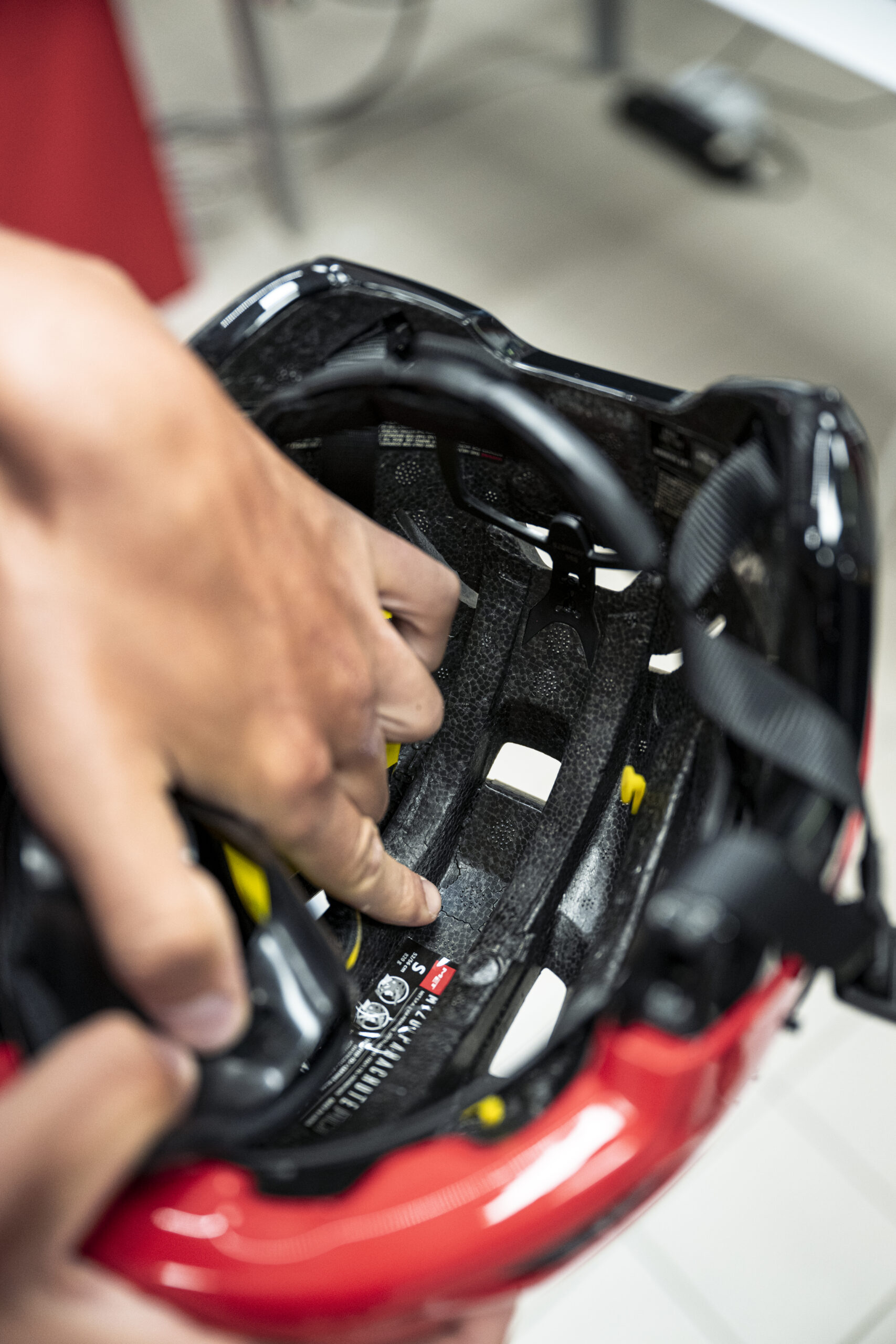
MET is also the owner of one of very few rotational impact testing machines (believed to be around ten in total, worldwide), allowing it to integrate MIPS into helmet design and make any alterations to designs if the results don’t sit right.
All these testing facilities are not mandatory for a helmet manufacturer. Some brands will design a helmet, send it for external testing, and if it falls within the accepted tolerances they can accept certification and go into mass production. Any brand relying on external testing won’t receive the results: they simply have a ‘pass’ or ‘fail’ – the ‘pass’ could be right on the limit of acceptance and still considered to be safe. But, if you look into helmet certifications in more detail, they really do need an update. The European standard was issued in 1994, but bikes have come a long way since then. A more capable bike offers more speed, bigger jumps, higher consequence. MET is a member of the working group for the European Committee for Standardization to propose a new process that is more suitable for modern biking, but in the meantime, it continues to be meticulous in testing helmets to a very precise tolerance.
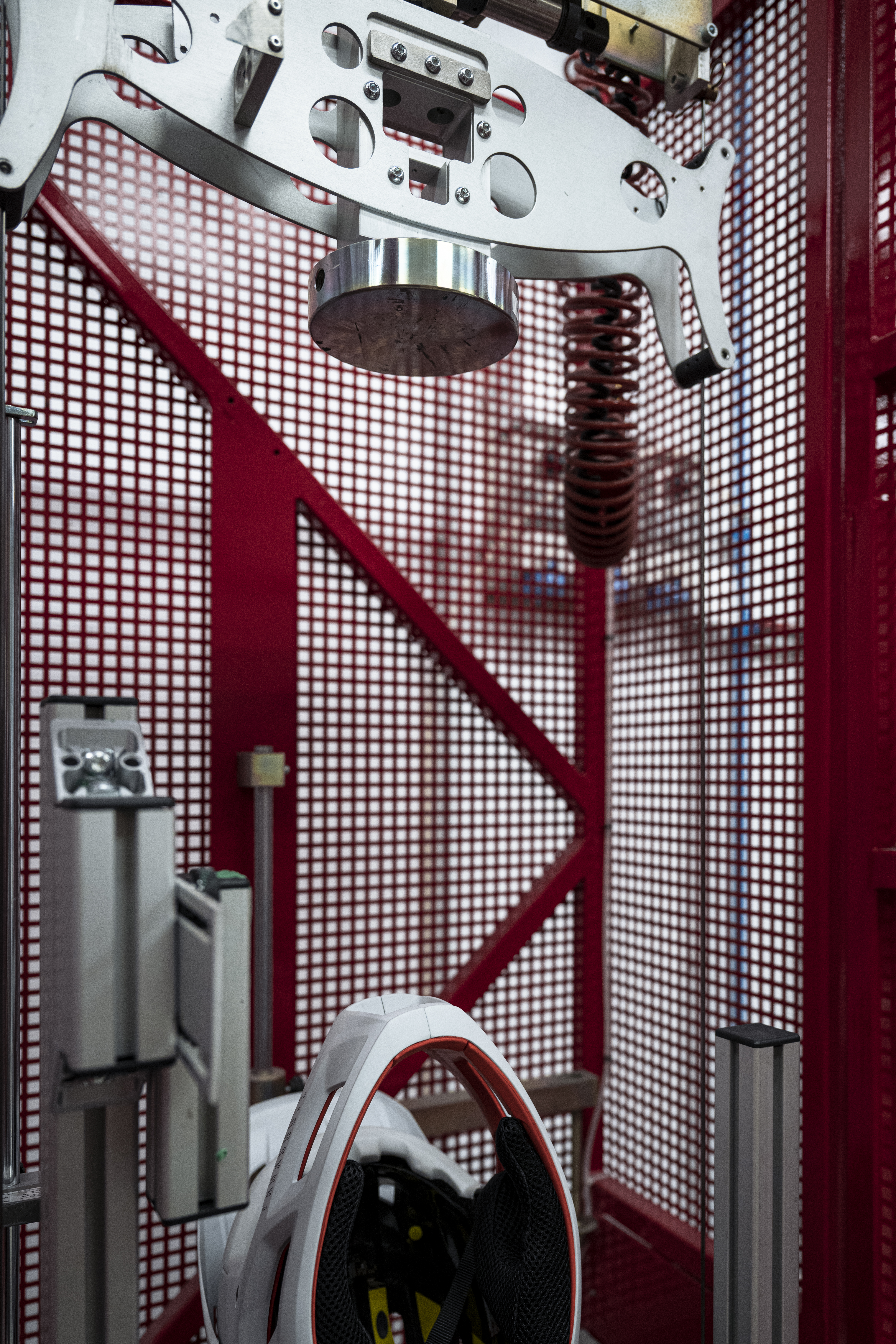
A good example of MET’s approach to the broad certification is the MET Parachute, the enduro helmet with a detachable chinbar. Certification allows for a deflection anywhere from 0–60mm for an impact on the chinbar, so 0mm would be incredibly rigid as there would be no flex, and could easily cause whiplash. As 60mm runs the risk of getting too close to the nose and mouth, MET ensures the deflection on all three helmet sizes is at 30mm. During testing, repeated impacts obviously alter the deflection result (hence needing to replace your helmet if you crash a lot), so by only passing the helmet as safe when it is smack bang in the middle of the required tolerance means it should be safer in the long run. MET believes that until certification allowances are revisited, it is up to the brand to narrow the limit and create a better safety margin for the consumer.
Looking a-head
The team at MET appears to be several steps ahead of helmet safety standards already, but behind closed doors there is even more going on. They are working with Strasbourg University, which has created a model of the skull with a brain inside. This model mimics real tissues, and is being used to predict if certain impacts are causing concussion. This is very new technology, so to be on board with it from day one will help steer it in the right direction to be beneficial to helmet manufacturers, and will also aid MET in gathering as much information as possible about the relationship between certain impacts and concussions.
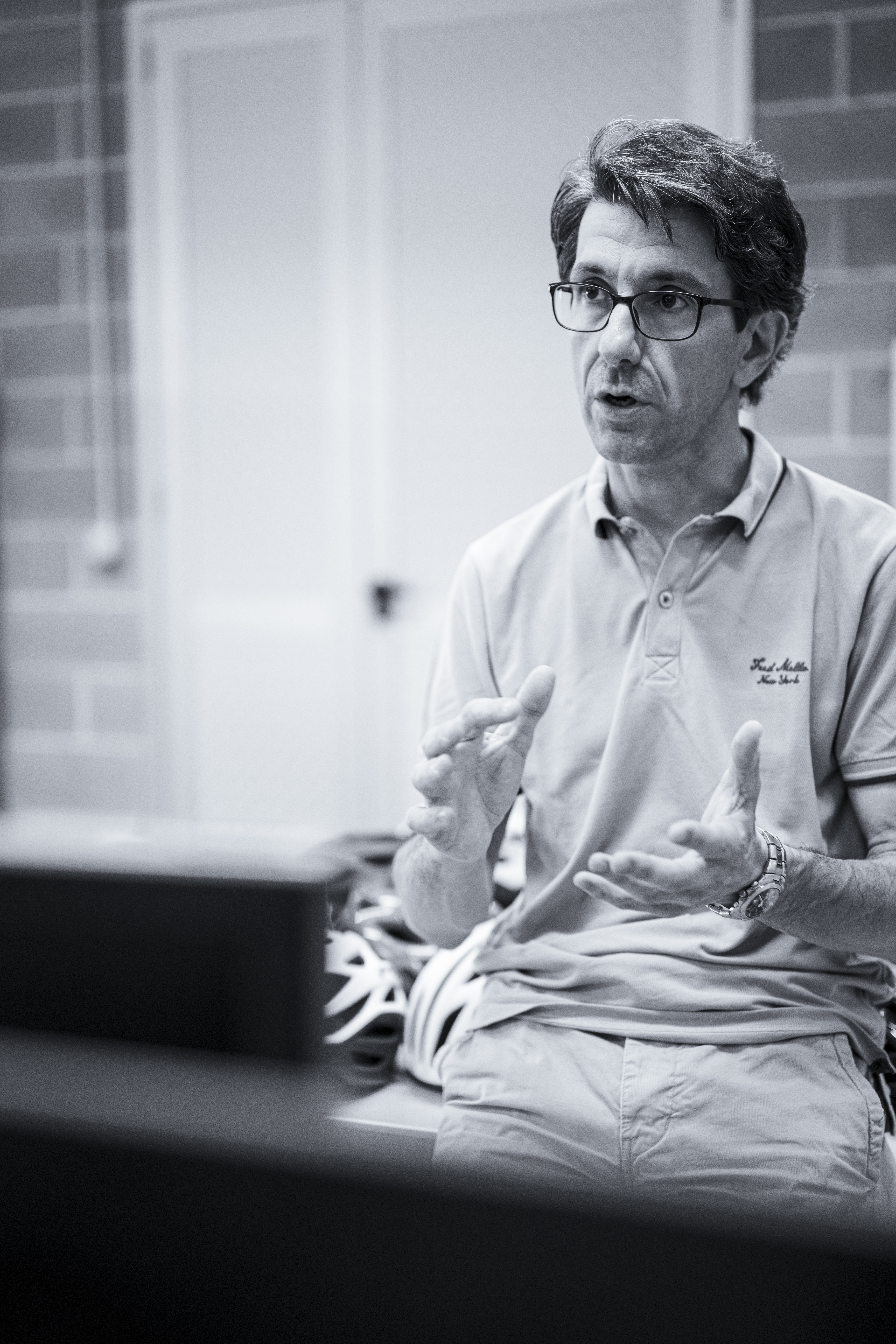
When speaking to Matteo, he wasn’t shy about pointing out that the metal heads used in testing look more like palaeolithic man than a modern-day human skull. But that is what helmet companies have to use under current standards, so MET continues to push toward the European safety standards being updated, forcing a higher level of safety onto the market, and ultimately, fewer severe injuries from head impacts.
Another notable part of the process here at MET is the extra work being done in virtual simulation. MET creates a 3D model on the computer during the design phase, giving the engineers the best structure possible to perform tests on and resulting in a product able to perform really well under impact. Traditional design methods involving clay meant engineers would only find out how well a helmet would perform under impact by crashing it in the lab.
Keeping the lights on
The tight-knit team and family feel to the business must play a huge role in the dedication to the product. This doesn’t feel like a profit-led process, but more a duty of care to fellow riders. MET is performing far more testing than is required and isn’t shouting too loudly about it either. The behind the scenes involvement in renewing safety standards, the strict testing and working with researchers at Strasbourg University are all voluntary actions.
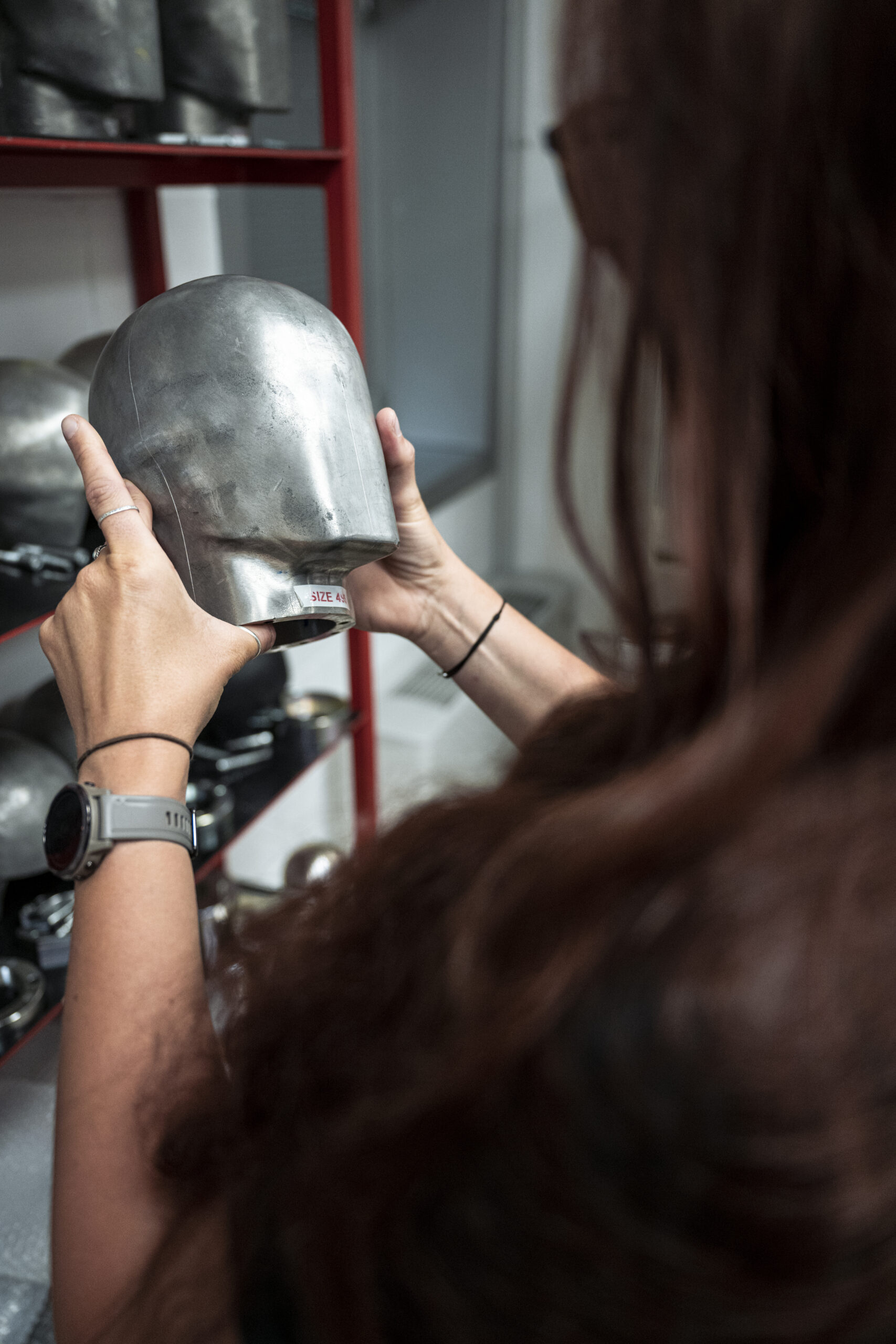
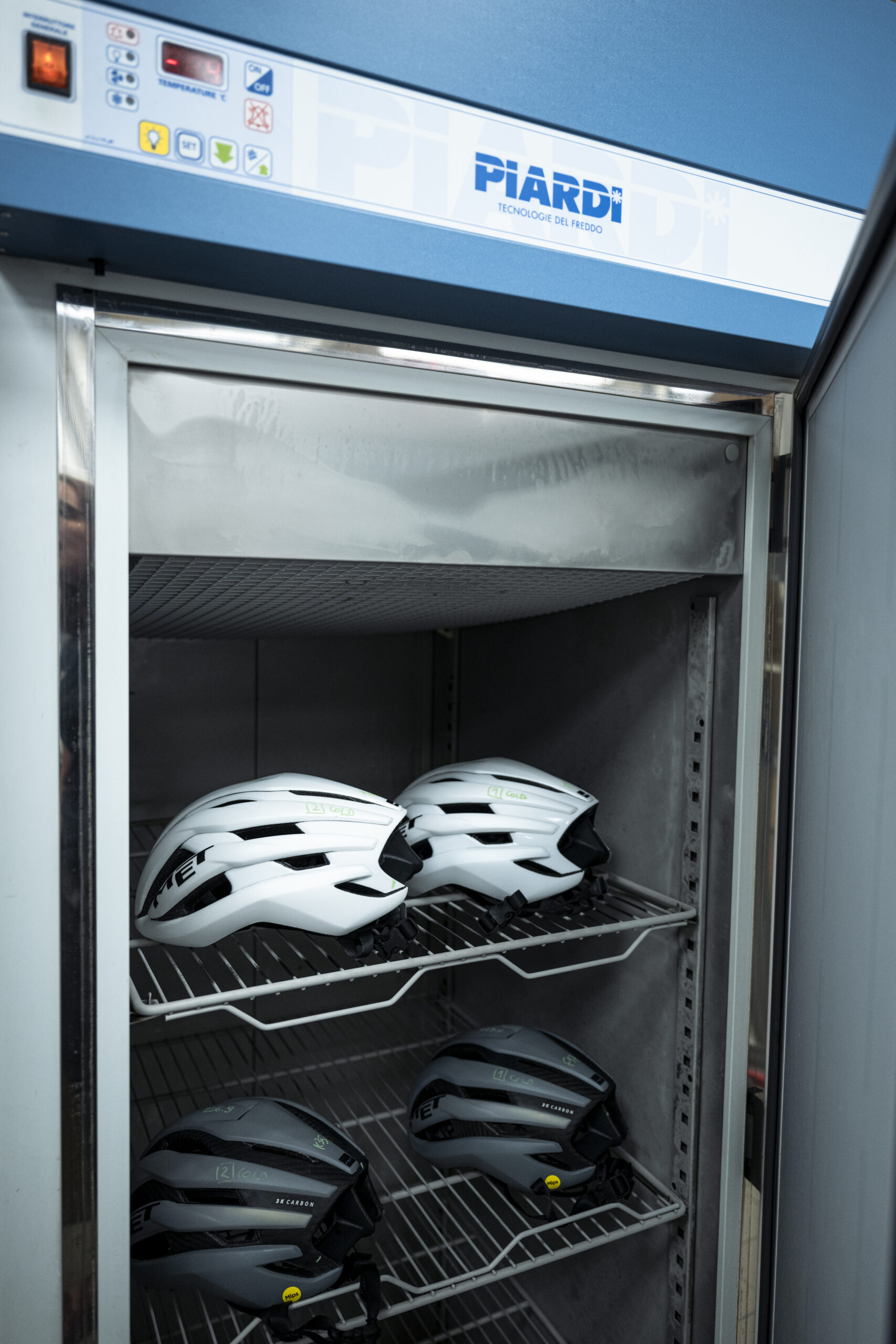

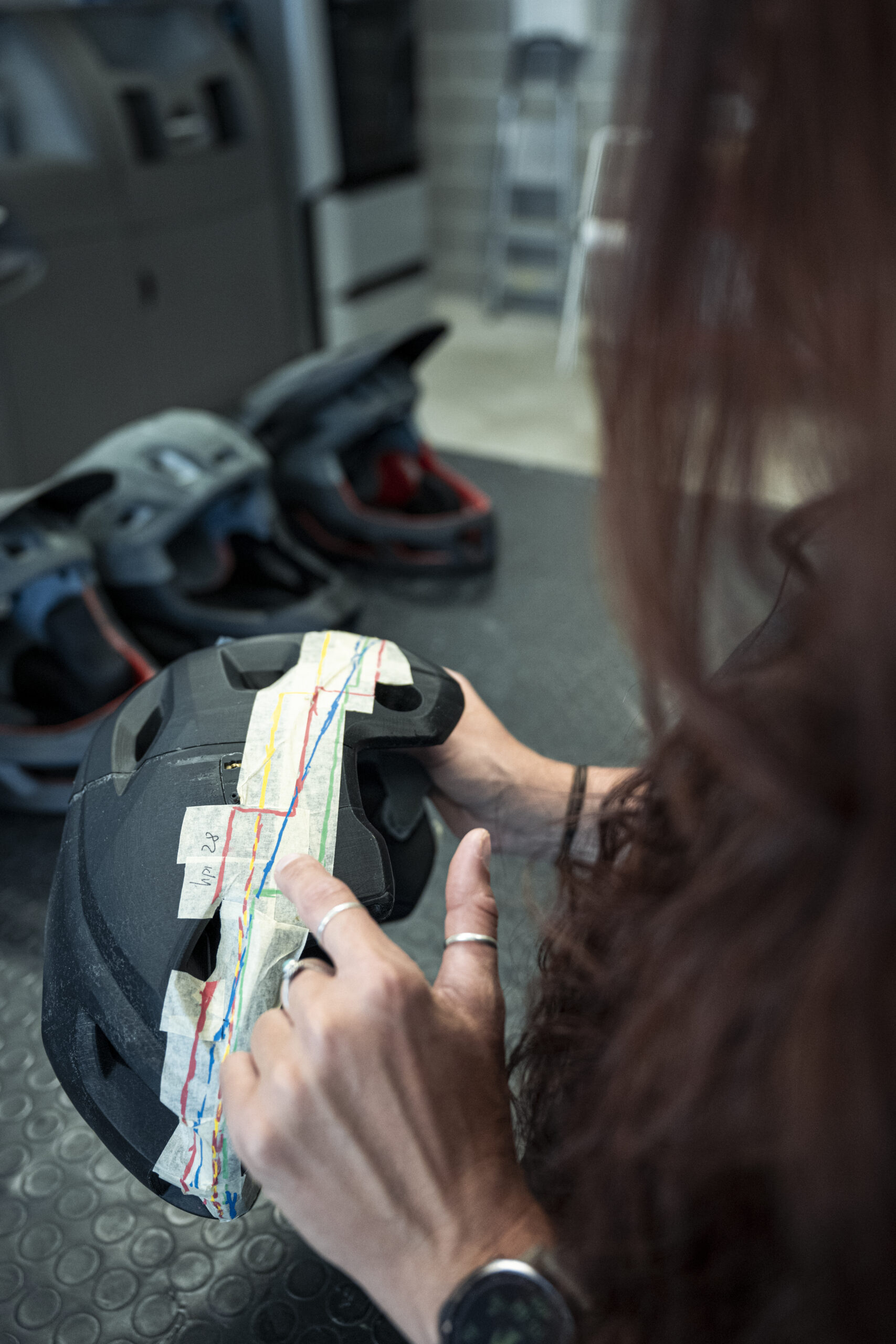
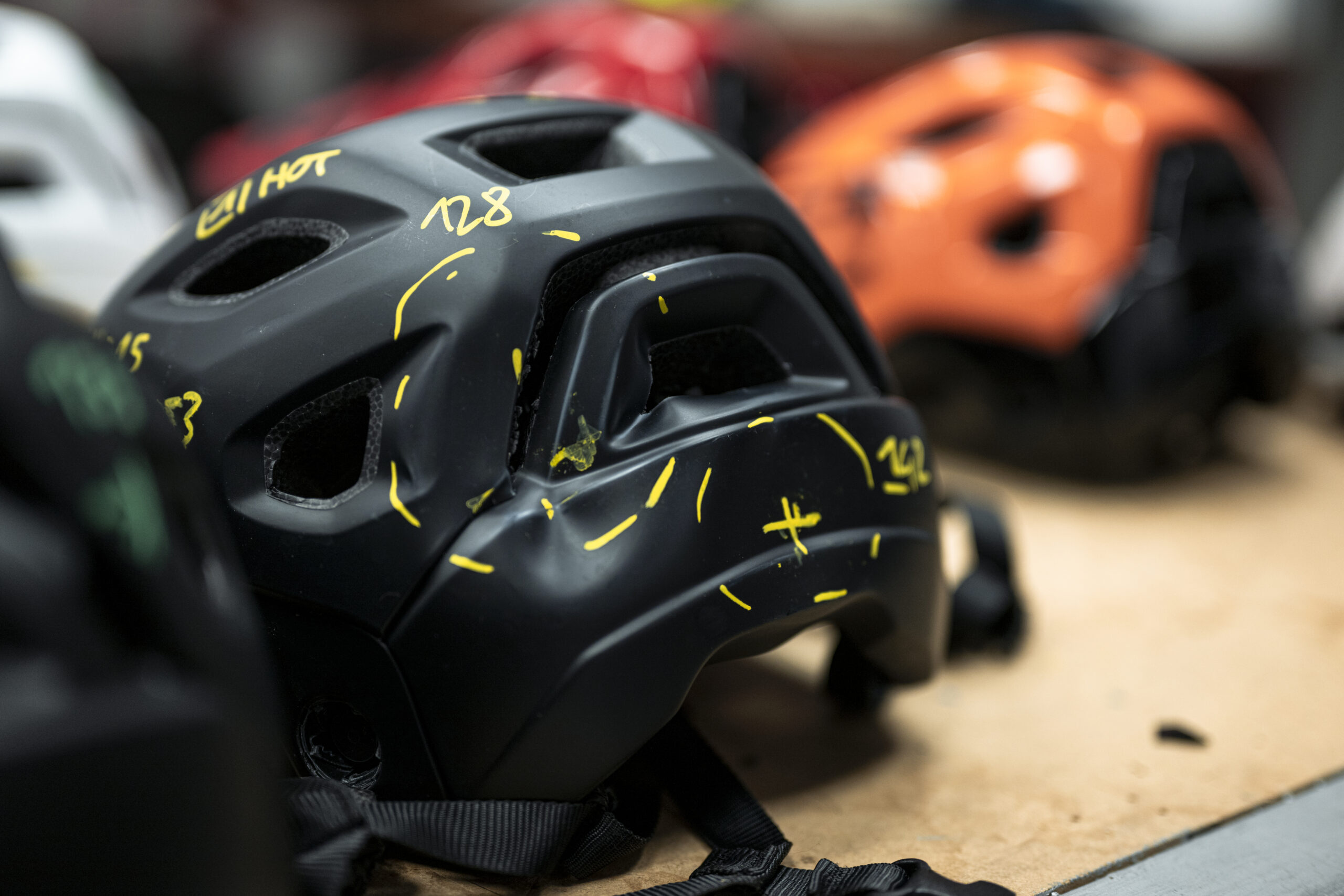
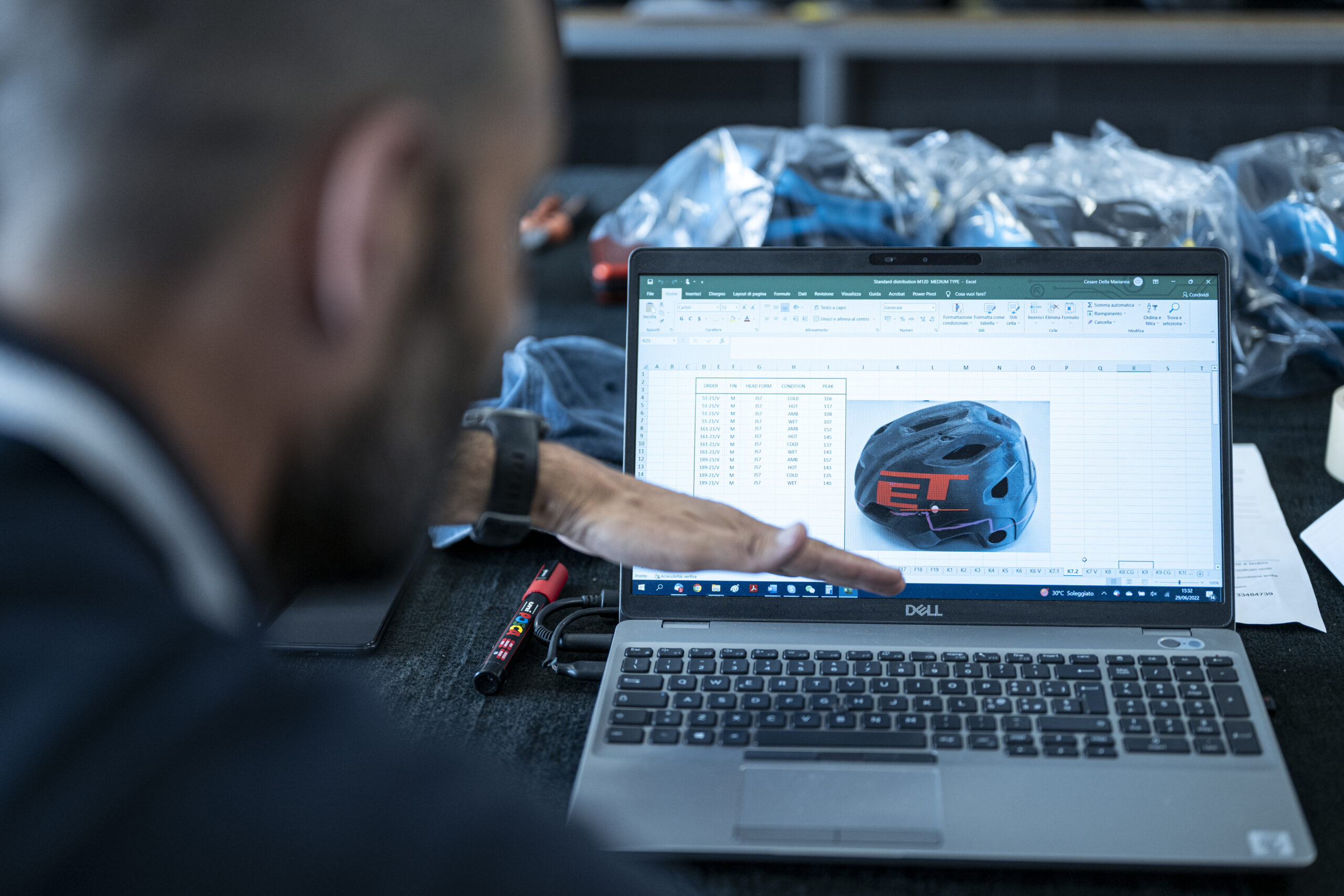
As someone who has suffered from a concussion, my main takeaway from this visit was that just because a helmet has a label saying that it’s safe, it doesn’t mean it’s as safe as the next one with the same label. If there’s one thing to be picky about when it comes to this sport, I personally believe it’s the helmet you choose to keep you safe and keep you riding.
Singletrack Recommended Deals – Forks
Story tags
